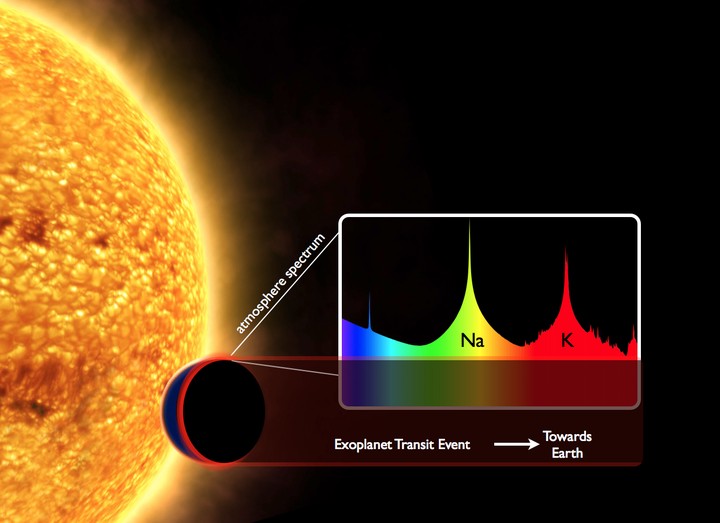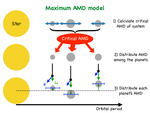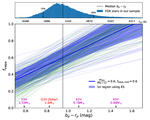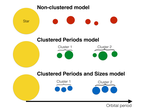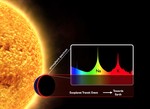As a member of the science team for NASA’s Kepler mission, Ford and his research group contributed to the discovery and characterization of many interesting exoplanets. Now, most known exoplanets orbit stars with additional known planets. This presents new opportunities for using the relationships of planets in a system to understand the history of planet formation in these planetary systems.
Recently, our research group have focused on the characterization of exoplanet populations, combining rigorous statistical methods with a detailed understanding of the astronomical selection effects. Results are presented in a series of papers using “SysSim”, the Planetary Systems Simulator.
Confirming Planets using Transit Timing Variations
This animation shows the how planet transit times differ depending on whether the system contains one planet or multiple planets. (Credit: NASA Ames Research Center/Kepler Mission)
